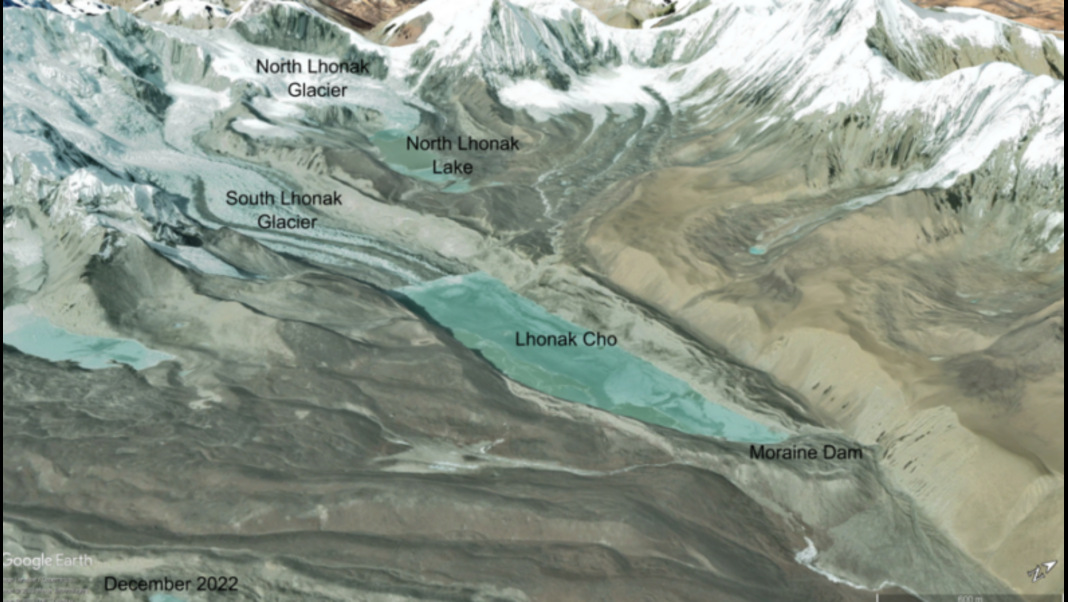New Delhi, Aug 31: A fortnight-long study was launched on Saturday to evaluate the volume, depth and longitudinal profile of six high-risk glacial lakes in Sikkim, according to the officials.
Being conducted at the behest of the National Disaster Management Authority (NDMA), the Glacial Lake Susceptibility Assessment Study (GLSAS) will help characterise the physical dimensions of the lakes using a bathymetry survey, they said.
The study will perform a geophysical assessment of the moraine dam to evaluate its stability and potential risk factors using an Electrical Resistivity Tomography survey (ERT) and Ground Penetrating Radar (GPR).
The objective of this expedition to Mangan district is to conduct a detailed susceptibility assessment of the high-risk Tenchungkha, Khangchung Chho, Lachen Khangtse, Lachung Khangtse, La Tsho and Shako Chho glacial lakes.
If time permits, a rapid assessment of a few other lakes will also be attempted, the officials said.
The expedition will make a slope stability assessment of the glacial lake to assess mass movement hazards.
Besides, the study will conduct a morphometric survey of the glacial lake and its adjacent landscape, measure lake discharge and assess the outlet flow dynamics to understand the lake’s hydrology and use a drone for 3D terrain mapping to build a high-resolution terrain model, the officials said.
The high sensitivity of glaciers to a changing climate is leading to widespread glacier retreat across the globe.
Glacial lakes are rapidly growing in number and area as a direct consequence of this glacier recession.
These lakes pose a significant risk of glacial lake outburst floods. These floods can be catastrophic and threaten lives, property, critical infrastructure, and the environment.
Sikkim was impacted by a glacial flood event on October 4, 2023, from the South Lhonak Glacial Lake, severely impacting lives, livelihoods, infrastructure and the fragile ecosystem.
The state is yet to recover from the catastrophic effects of this GLOF as it has crippled the road infrastructure, hydropower development and the tourism economy, the officials said.
Unlike other disasters such as earthquakes, cyclones, cloudbursts and landslides, GLOF disasters can be prevented.
Reducing the water volume in glacial lakes is crucial to mitigate the risk of GLOFs, which can be achieved through structural and non-structural measures.
As per the assessment carried out by the NDMA, there are 189 high-risk glacial lakes in India, of which 40 are in Sikkim alone.
These lakes are located in remote, high-altitude areas with complex topography and frigid climate. (PTI)




